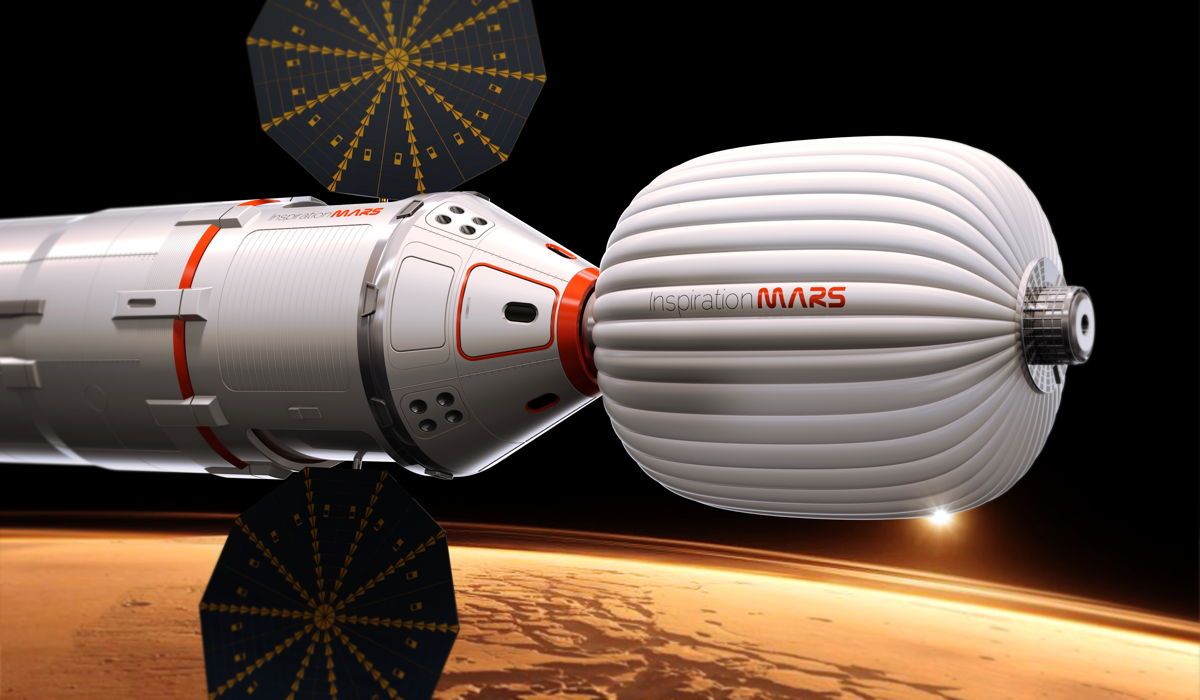
The Red Planet may have a distinct greenish tinge when the first people to see it up close arrive there five years from now.
The nonprofit Inspiration Mars Foundation aims to launch two astronauts on a historic flyby mission around the Red Planet in January 2018. The explorers will be on Mars' night side when they make their closest approach in August of that year, so the mission team is considering outfitting them with some high-tech night vision gear — which would likely cast the Red Planet in a rather green light.
"One of the guys we work with is a military helicopter pilot, and he's talking about night vision goggles," team member John Carrico, of Applied Defense Solutions, Inc., said during a presentation with NASA's Future In-Space Operations working group earlier this month. "We're trying to figure out what we would be able to see." [Inspiration Mars: Private Mars Flyby Mission in Pictures]
Inspiration Mars hopes its "Mission for America" — which will fly by the Red Planet, not orbit or land on it — aids humanity's expansion out into the solar system and inspires the next generation of American scientists and engineers.
The group is working hard to meet the January 2018 launch window, which will allow a relatively quick 501-day trek to the Red Planet and back. The next such opportunity won't come until 2031, Inspiration Mars officials say.
While it would perhaps be preferable for Mars to be in daylight when the crewmembers zoom just 100 miles (160 kilometers) above its surface, the fast-track mission's geometry makes such a scenario impossible, team members said.
"The opportunities for flybys on the far side or on the near side [of Mars] are different," said Mike Loucks of the Space Exploration Engineering Corp. The 2018 opportunity, he added, "just requires us to go on the other side, and that's the other side from the sun … On this one, there isn't any way around that."
Sign up for the Live Science daily newsletter now
Get the world’s most fascinating discoveries delivered straight to your inbox.
But the unprecedented Martian view should be spectacular regardless, both from relatively far away and closer up, officials said.
"You'll see the deep shadows as you approach, because you're kind of seeing the dawn. So we think it will be very visually stunning that way." Carrico said. "You do go through the dark, so we're thinking about, well, what could we do there? What can we see with some of these night vision goggles?"
"So we have actually talked quite a bit about what we can do there," he added.
This story was provided by SPACE.com, a sister site to Live Science. Follow Mike Wall on Twitter @michaeldwall and Google+. Follow us @Spacedotcom, Facebook or Google+. Originally published on SPACE.com.













